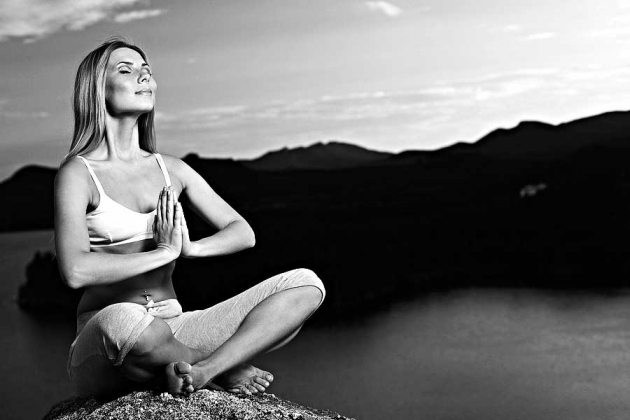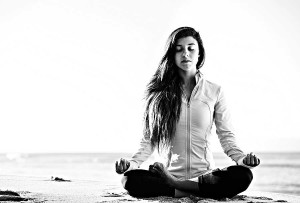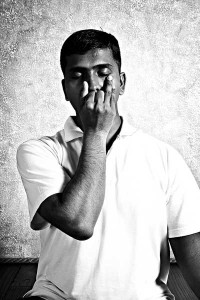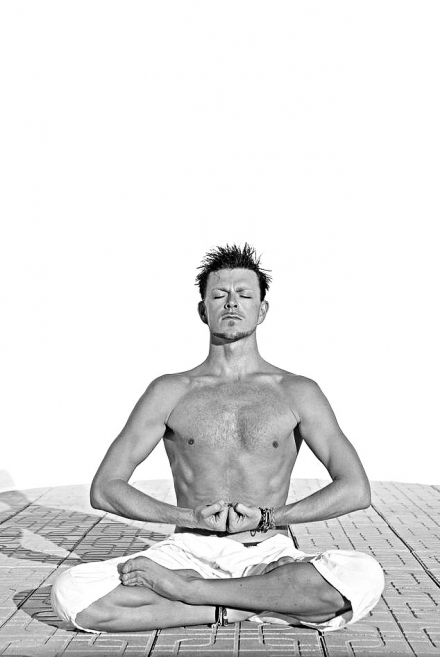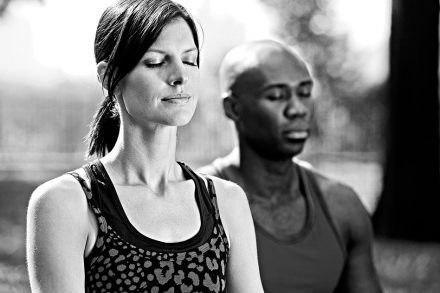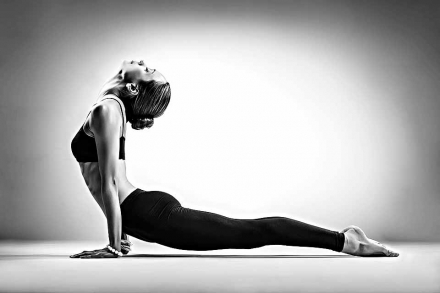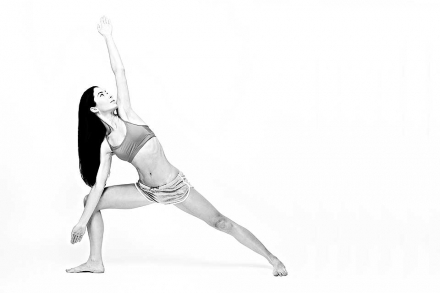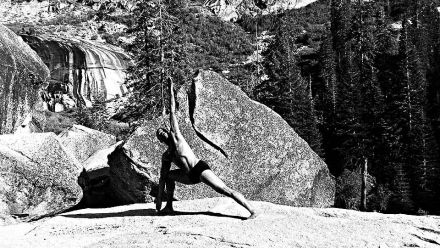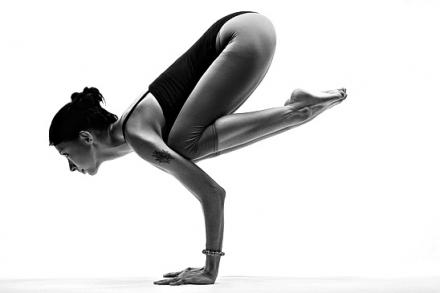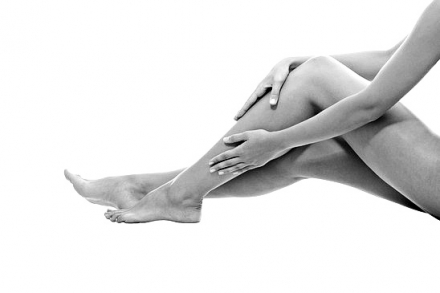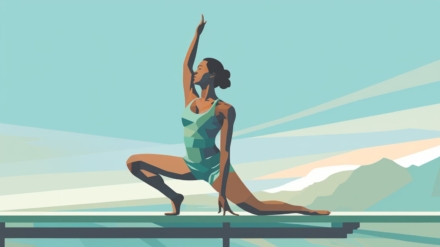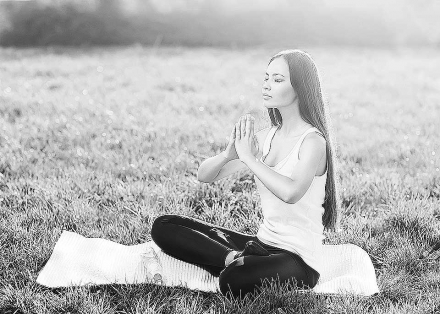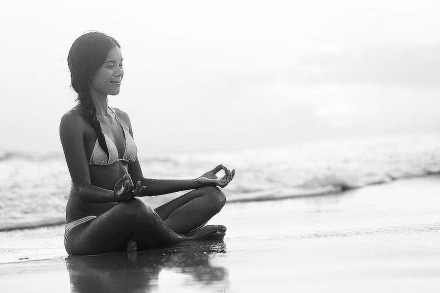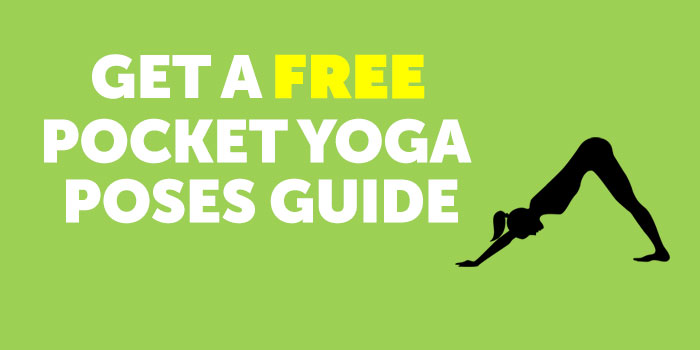Yoga without breathing is like a sundae without ice cream: it is impossible. Without the breath, yoga becomes simply stretching or exercise.
Yogis refer to the breath as pranayama, a sanskrit word that means “extension of the breath.” The breath is the life force; the vital energy needed to live. There are over 50 different pranayama techniques and forms, each practiced with different purposes and intentions.
In a yoga class, it can be intimidating when your teacher cues you to inhale and exhale while simultaneously moving into yoga poses. However, the breath serves a vital purpose in yoga. When you focus on your breath, your movements become more intentional and your mind become more focused on the present moment. When breathwork is incorporated into your yoga practice, your mind is prepared for deep relaxation and meditation.
Yoga breathing techniques begin simply and progress as you become more adept at the basics. In general, yoga breath is performed by inhaling and exhaling through the nose. When you inhale, your body expands as you inflate your lungs. When you exhale, you deflate.
Three great beginner breathing techniques are Dirgha pranayama (Three-part breath), Ujjayi pranayama (Ocean breath) and Nadi Shodhana pranayama (Alternate Nostril Breathing).
Dirgha Pranayama: The Three-Part Breath
Dirgha Pranayama is a wonderful breath practice for beginners and experts. There are no contraindications to the breath and it can be performed whether you are sitting at a desk chair or laying on a yoga mat.
Dirgha means three-parts. When you practice dirgha breath you fully inflate all the lobes of your lungs. Most of us breathe shallowly–using only about 20-percent of our lung capacity. Practicing dirgha on a regular basis will increase your lung capacity, oxygenate your blood and relax your nervous system.
To practice dirgha, begin either in Easy Pose (sitting on a mat with legs crossed and back tall and straight) or laying flat on your back. Your eyes should be closed and begin to focus on the natural rhythm of your breath. Just observe it. Then:
- Place both hands on your stomach. Inhale through your nose deeply. As you inhale feel your stomach rise. On your exhale, feel your belly deflate as you gently draw your navel back to your spine. Continue with this general rhythm for a few rounds.
- Next, move one hand from your stomach to the side of your ribcage. Inhale and feel your stomach rise. Inhale more and feel your rib cage expand. The sensation of your ribcage expanding might be hard to feel at first, but even the slightest expansion is success. On exhales, slowly deflate your ribcage and then your stomach. Continue inhaling these two parts–stomach and rib cage, for a few rounds.
- Now, add the third part. Remove your hand from your stomach and place on your collar bone. Inhale first inflating your stomach, then your ribcage and now breath deeper and feel your chest inflate. You should feel your collarbone moving. On your exhale, reverse the movements by deflating your chest, ribcage and finally your stomach. Continue inhaling and exhaling these three parts–stomach, ribcage and chest.
Practice the complete dirgha breath for 8-10 rounds. At the conclusion of your breath practice, relax your arms at your sides and allow your breath to return to its normal rhythm.
Ujjayi Pranayama: The Ocean Breath
Ujjayi breath is the breath most often used in yoga class. Like, dirgha breath, it is a simple, yet powerful breath practice. When practiced, Ujjayi breath sounds like like the ocean or Darth Vader. This breath helps you to breathe efficiently and also to focus your mind on your yoga practice. The soft sound draws your attention to the breath, which in turn draws your attention to the present moment.
Like dirgha breath, ujjayi is practiced by breathing through your nose. You inflate your lungs on the inhale and deflate on the exhale. To practice Ujjayi breath, begin in a comfortable seated or standing position. Close your eyes and your mouth. Begin breathing through your nose. Then, press your tongue on the roof of your mouth. Continue inhaling and exhaling through your nose. Notice the soft rumbling sound coming from your nose. It might be loud or barely audible. Continue with this breath for either a few rounds or for your entire yoga practice.
Nadi Shodhana Pranayama: Alternate Nostril Breathing
Nadi Shodhana is a fun and balancing breath practice. By practicing nadi shodhana, you will boost your brain, improve your sleep and calm your entire nervous system. It is a wonderful breath to practice as part of a meditation practice or just to help you balance yourself during stressful times.
If one or both of your nostrils is clogged from a cold or allergy, skip nadi shodhana until you are healthy and able to breath fully through your nostrils. Also, if you have uncontrolled high blood pressure, avoid holding your breath at any point during the practice.
The technique is simple: you inhale through one nostril; and then exhale through the other. To begin, find a comfortable seated pose. Start to observe your breathing and begin consciously breathing through your nose. Then:
- Use your right thumb to close off your right nostril. Inhale slowly through your left nostril.
- Now close off your left nostril with your ring finger and release your thumb off your right nostril.
- Exhale through your right nostril. Return to step one.
Continue through 2-3 rounds of the breath. Sit quietly and breathing normally for a few moments after you finish. Gradually increase your rounds every time you practice.
The main idea of all yoga breath techniques is to center and fix your mind on the present moment. Whether you practice dirgha or ujjayi or nadi shodhana, the best rule of thumb in yoga is to just breathe.
4



